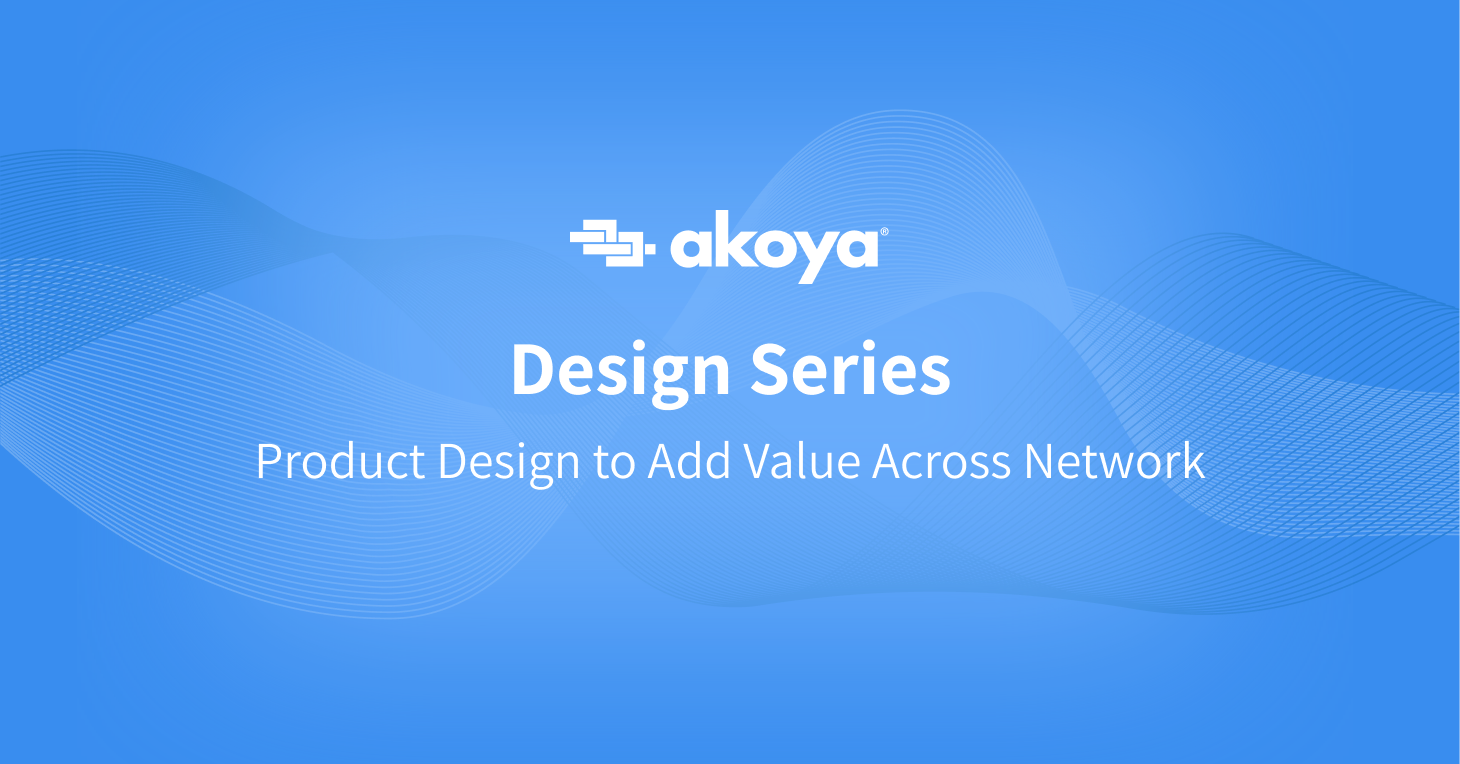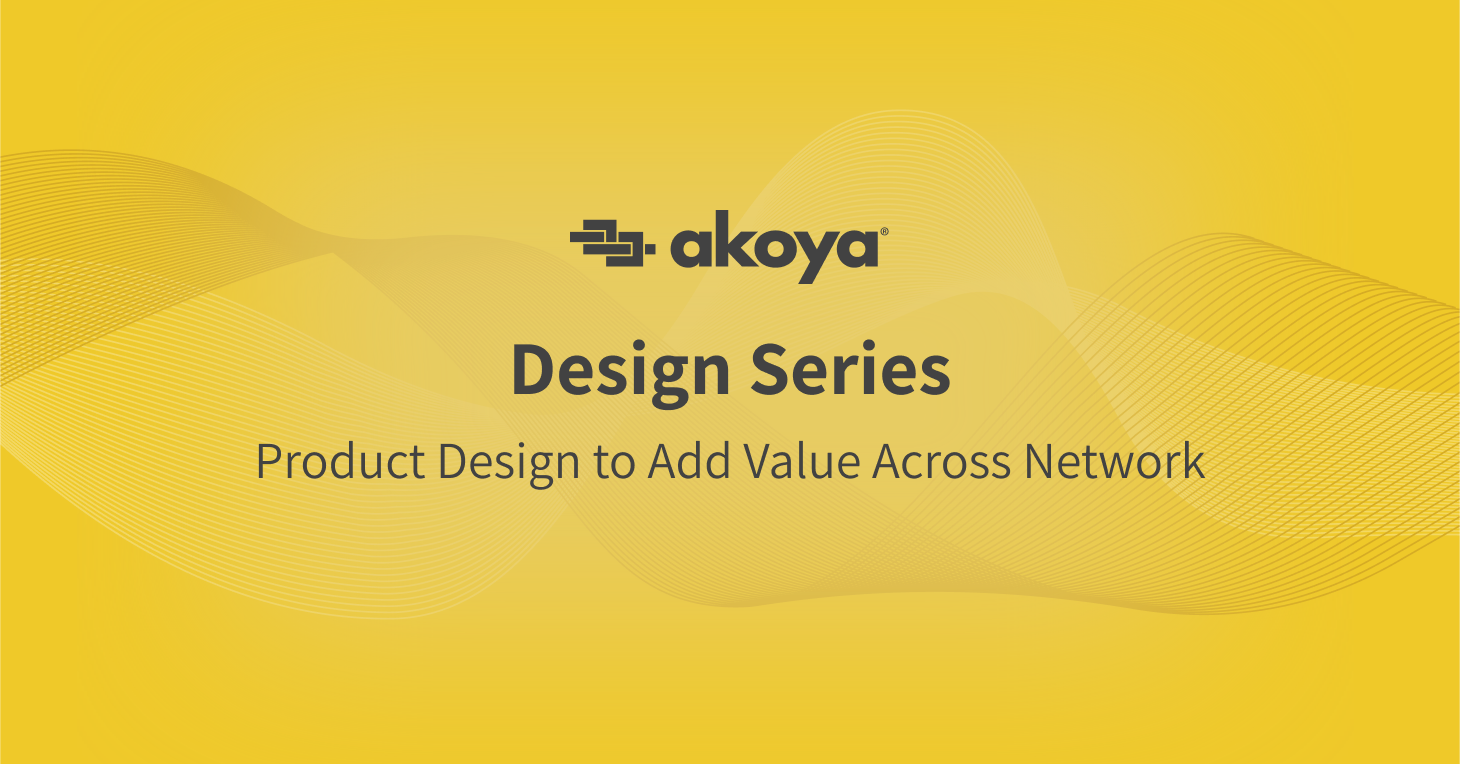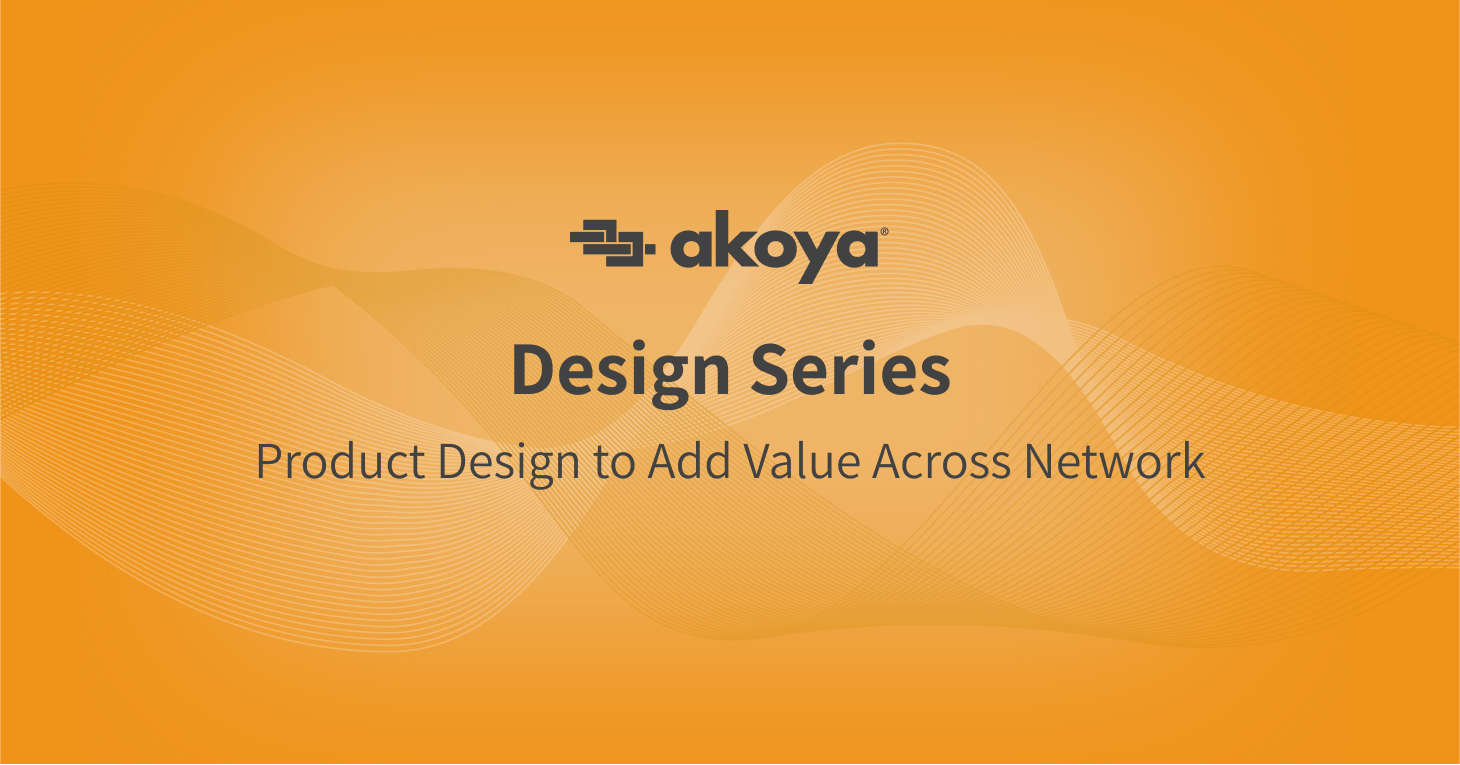
By Ryan Magalhaes, Product Designer at Akoya
Product Design at Akoya strives to ensure that our customers can seamlessly join the network, create application requests, and easily receive the data they need to solve for their specific use cases. This involves designing digital interfaces, experiences, and solutions within our primary applications: the Data Recipient Hub and the Management Console.
The central mission of Akoya is to connect consumers to their financial data. We achieve this by transporting data from a consumer's financial institution to a fintech app as securely and safely as possible.
Data providers (financial institutions) establish their connection with Akoya via the Management Console, a full-service SaaS solution that enables them to oversee data recipients and implement customer consent management tools. On the other end of the network, data recipients manage their connection to Akoya using the Data Recipient Hub.
The tie that binds the two Akoya applications together is the subscription process, a critical step within the overall app creation process.
Data recipients can easily request a subscription to any provider on the Akoya network. This request triggers all necessary workflows on the backend, enabling data recipients to access necessary data quickly and easily.

Current state
Today, data recipients partner with a member of Akoya’s Customer Success team to request access to consumer financial data from data providers on the network. The process of defining the required data and requesting access to various providers is mostly conducted offline with several manual touchpoints. Although the process works, there is ample room for improvement - enter, the Product Design team.
The product design process
Before we could begin improving app creation and more specifically, the subscription request process, the team recognized the necessity to redefine our current structure and align the subscription model to our existing set of Akoya products. Organizing data inventories using products benefits both data recipients and data providers by simplifying the approval process, resulting in significantly shorter turn-around times.
Establishing a concept
The concept we developed consisted of two main parts. On the recipient side, we aimed to create an interface that simplified subscription requests in the Hub during the app creation process, as well as for previously created apps. On the provider side, we needed a concept that enabled data providers to interact with new subscription requests and manage existing subscriptions within the Management Console.
After mapping out the current recipient journey, the team began iterating on wireframes. Through this journey mapping exercise, we identified an opportunity to enhance the app creation process for our data recipients. During this stage, we explored low-fidelity ideas for layout and functionality to quickly generate ideas and collect feedback.
After multiple iterations, we arrived at a 4-step flow for app creation and data subscription requests and management:
- Collect the app's basic information, including logos and descriptions;
- Select the Akoya products that contain the data sets that support the app's use case;
- Dynamically display the list of available providers based on the selected products from step 2; and
- Summarize the customer’s selections and details, allowing them to edit sections as needed.
This new flow offered a more user-friendly and efficient experience, further streamlining the app creation and subscription management process for our data recipients.
Finalizing the product
With the wireframes and flow established, we confidently proceeded to the visual design phase, applying a visual design layer to the wireframes and prototypes using our design system, Corel. This provided an excellent opportunity to collaborate with our front-end engineering teams, who share our passion for UI design, systems, and accessibility. The prototypes created in this stage offered stakeholders an understanding of how the feature would look and feel throughout the app creation process.
The prototype and mockup phases of any design are essential for gathering tactical feedback. This feedback helps us collaborate with the product and engineering teams to iterate on the design, ensuring it aligns with customer needs. For example, customers may still want to request new subscriptions for an app that has already been created.
We identified a need to ensure that the experience of requesting subscriptions was recognizable and consistent for all customers. In the third step of the app creation flow, we identified a component that could be reused elsewhere in our app. We have since added this component to our design system so that it can be used and implemented efficiently on the app details page of the Hub.
Once the design team finalized the design approach and received approval from all stakeholders, the project was handed off to the development team, where the feature truly came to life. The development team utilized the design specifications and turned them into code. Although a complex and challenging process, it is highly rewarding.
The development phase moved rapidly, as the feature was built and tested across a series of environments. Once the feature operated as expected in lower staging environments, it was promoted to a production environment where it became accessible to customers.
Value for every participant on the network
Reimagining and redesigning the process for requesting and receiving data on the Akoya network adds value across the entire ecosystem.
For data providers: The process of reviewing and approving data subscription requests is simplified.
For data recipients: The time required to gain access to a provider’s data is greatly reduced.
For consumers: Added transparency into exactly which data is being shared and with whom.
Going live
The first iteration of this new app creation and subscription management experience is now live in the latest release of Akoya’s Data Recipient Hub. By prioritizing pace over perfection, we were able to create a product feature that is both user-friendly and efficient. This feature is a significant improvement over the previous process, making it easier and faster for data recipients to access the data they need for building exceptional apps and easily accessing the data they need to power those apps for their consumers.
To learn more about Akoya’s approach to design, check out our blog post on How we Prioritize Customers Through Design, or contact us here.



